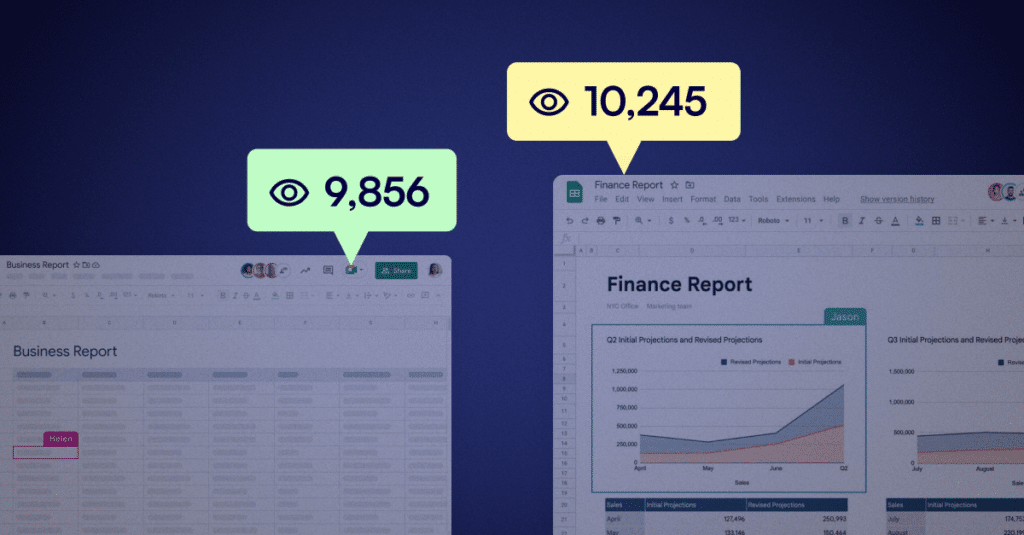The Top 5 marketing mistakes every start-up makes

Start-up life is tough. It’s 24/7, with constant pressure from investors, limited funding and sky-high targets. Many decisions are quick, gut-based and made to have the biggest impact at the time the decision is made, often without thinking about the longer-term objectives of the business.
There’s no escaping this way of life, but there are a number of common mistakes we see from time to time, specifically around the marketing of the company and/or product that could be avoided and in turn would save time, money, stress and frustration.
#1 – Marketing is the last to be hired


As CEO of a new company, you’ll wear many hats, especially in the beginning. This will be due to a combination of factors from thinking marketing is something you can handle, through to having zero budget to hire, let alone spend. In reality, this is such a big mistake as without an appropriate marketing expert you will be missing some key things like:
- Brand – We are not just talking about the visual representation, your brand also includes things like your key messages, tone of voice, boilerplate for press releases and so much more and without this, you’ll have an inconsistent look and feel to your new company that any launch you do will be chaotic, diluted and not as strong as it should be.
- GTM – No, we’re not talking about Google Tag Manager here, but your go-to-market strategy. In this, you’ll need to have information on your audience, the competition, understand what your pricing should be and most importantly, what your value proposition is. You’ll also include here how ROI will be measured, what success looks like and what periods of review you’ll have to ensure the product is a success.
- Personas – This one is huge and it’s not just about who your target market is in relation to whether it’s B2B, B2C and so on. Your personas need to be thought as if they are real people so you should include things like their demographic, where they ‘hang out’, what their main pain points are, how they like to consume information, their buying habits etc. A true persona will be so comprehensive that you should even be able to use them to create your key marketing messages.
Once these are covered, you’ll then be able to map out your strategy and marketing plan so you can focus on the platforms, messages and people that your product is made for, without wasting valuable time and resources just casting your net out as wide as possible to see what, if anything, you catch.
#2 – Non-existent budgets
We get it, we really do; as a start-up, every single penny is scrutinised and spending money on marketing is frequently seen as a waste. However, the reality here is this: you have to spend money, to make money. (Hands up if you hate that saying?!)
Now, the money you spend doesn’t have to be spent on advertising, it could be spent on people.
It could be an outsourced PR team or hiring an internal PR maven to work their contacts and get you incredible exposure. It could be an SEO ninja to make sure your site is found, your content is relevant, you have a good backlink profile etc. Or, it could be on a Head of Marketing and then money for paid activities to promote your company and your product.


However, the million-dollar question is, how much should you spend? Well, believe it or not, there is a general rule of thumb here that is quite good to stick with. It’s based on your anticipated turnover and the rate of growth you want to achieve:
- No-growth, keep the status-quo – between 2-5% of your anticipated turnover
- Medium growth, expanding your reach in existing markets – between 5-10% of anticipated turnover
- High growth, expanding into new markets – between 15-20% of anticipated turnover
- Hypergrowth start-up mode – around 30% of anticipated turnover
What does this mean in real numbers? If you want to turn over $10 million, you should be spending between $200,000 – $3,000,000 as a minimum, depending on what type of growth you want.
#3 – Scrimping on software
If you want to scale and grow fast, you need to have the right infrastructure in place to achieve this, else your growth will stall right when you don’t want it to. What software are we talking about? Essentially, your basic MarTech stack, which will need to include, as a minimum, provisions for:
- Emails
- Social media
- Design
- Video production & editing
- Customer management
- Analytics
- Optimisation
We know how tempting it can be to save money by using free trials, sharing 1 seat or using bootleg versions of software, but in the long run, it’ll really hinder your progress as they’ll either be limited in functionality, or prone to crashing due to the instability a being bootlegged software or because you have multiple people sharing the same login. Plus, it’ll really frustrate your team, so just invest in the right infrastructure to allow for your marketing and promotional efforts to be as streamlined, lean and as effective as possible.


#4 – Buying the cheapest website possible
It’s super easy these days to buy a domain and build a website. Platforms such as GoDaddy, 123Reg, and many others come with a simple drag and drop website builder incorporated into the cost of purchasing a domain and/or hosting, and it can take just a few hours to get a website live.
As tempting as it can be to go down this route, the reality is that you’ll end up with a site that doesn’t work how you want it to, isn’t completely on-brand, doesn’t have any proper SEO capabilities, is likely to have security limitations, limited integrations and also, the hosting is likely to be sub-par.
Do
yourself a favour and either employ a developer, designer and dev-ops team to design, build and maintain your site, or outsource it. Also, build your site using a CMS that is open-source so that it’s future-proofed, use hosting that’s designed specifically for your CMS and get a site that looks incredible and works like a dream.
#5 – Copying competitors
This is one of the most common themes we hear when discussing marketing with start-ups yet it is one of the biggest mistakes you can make. If you are considering doing this, here are a few questions to ask yourself as you’re pouring over your competitor’s marketing efforts:
- Firstly, if your competitors are doing it so well, why did you even start your company?
- Do you categorically know that your personas are identical to theirs?
- Is your USP the same? If so, it’s not a USP and you need to go back to the drawing board.
Remember that you started your company up for a reason; have faith in that and do it your way. Don’t be a sheep, be proud of what you started, have the conviction needed to make it a success and stand out from the crowd.


If you’re a start-up CEO, it’s always good to cast your mind back to when you were an eager dreamer, conjuring up your new and soon to be super successful business idea and remember these 3 simple, yet key things: invest in the right team and platforms upfront and spend a reasonable amount on your marketing activities based on your anticipated growth. If you do this, you’ll see success much earlier on.












